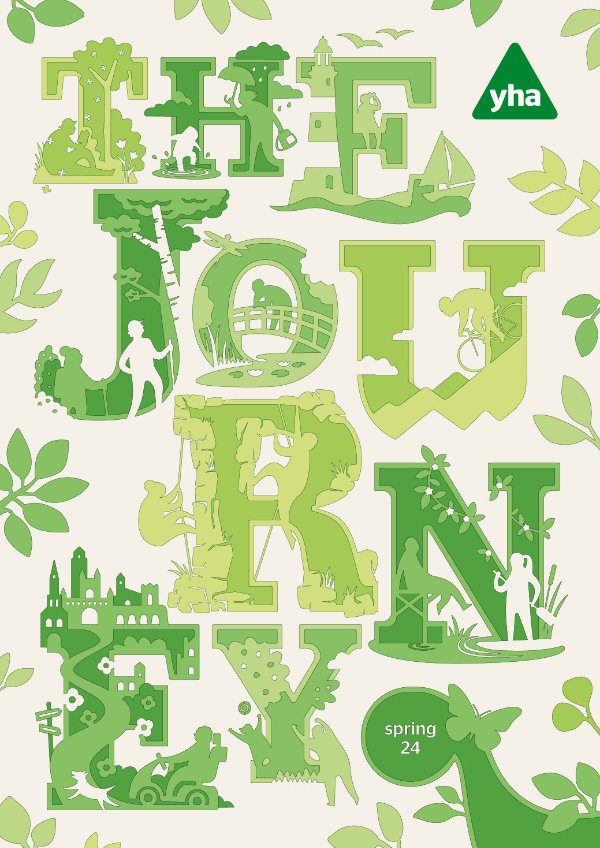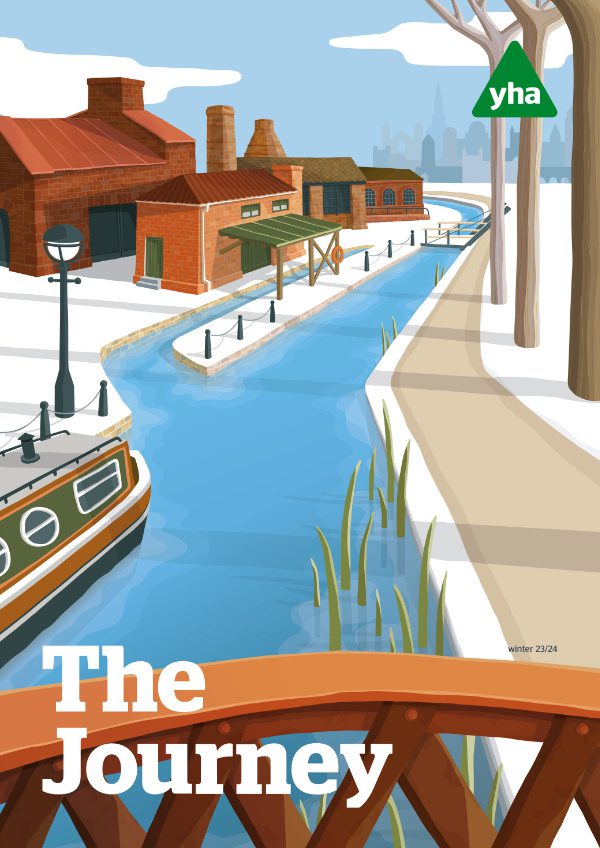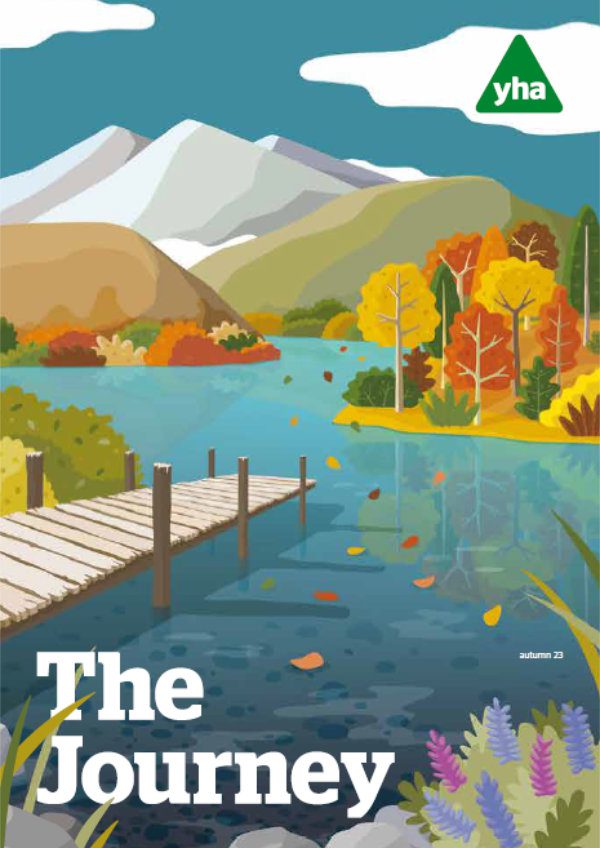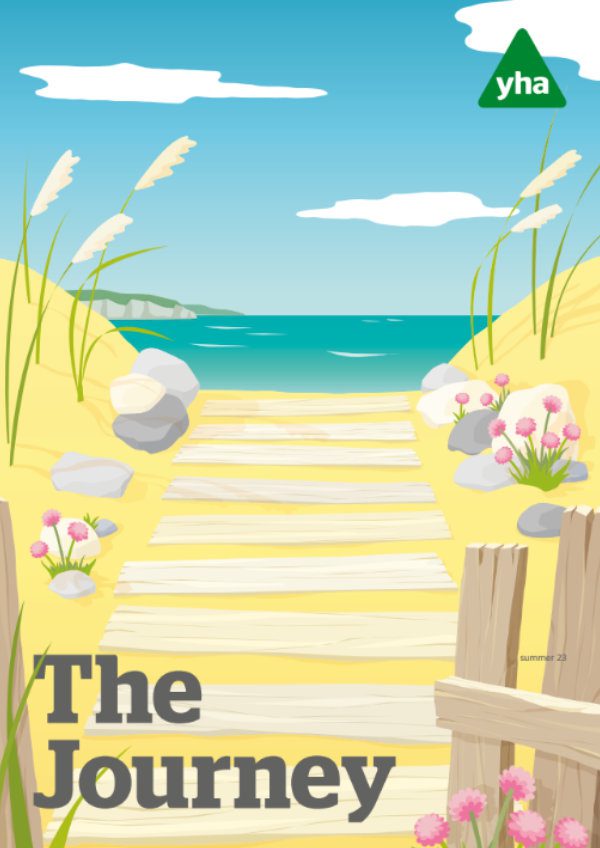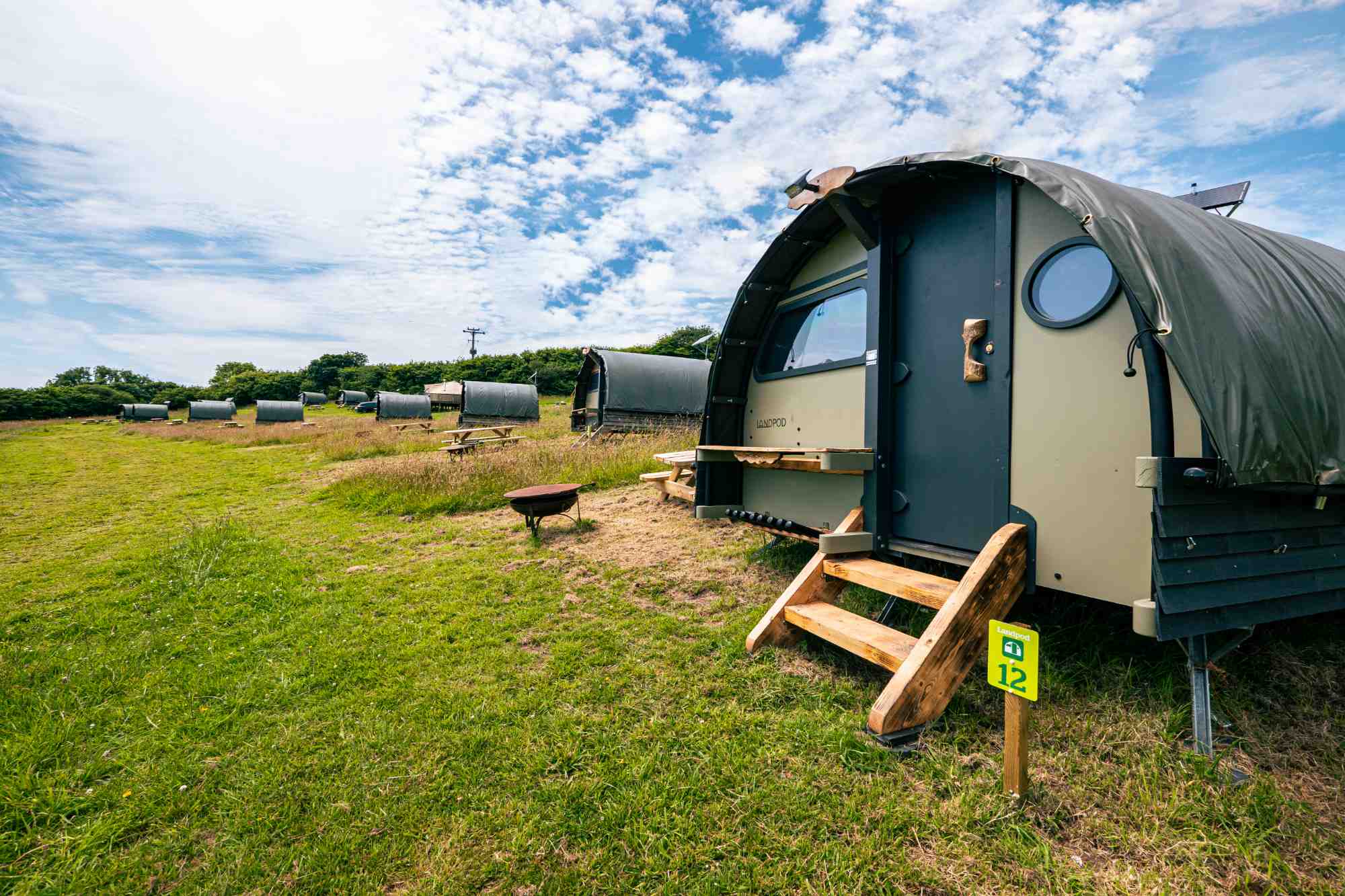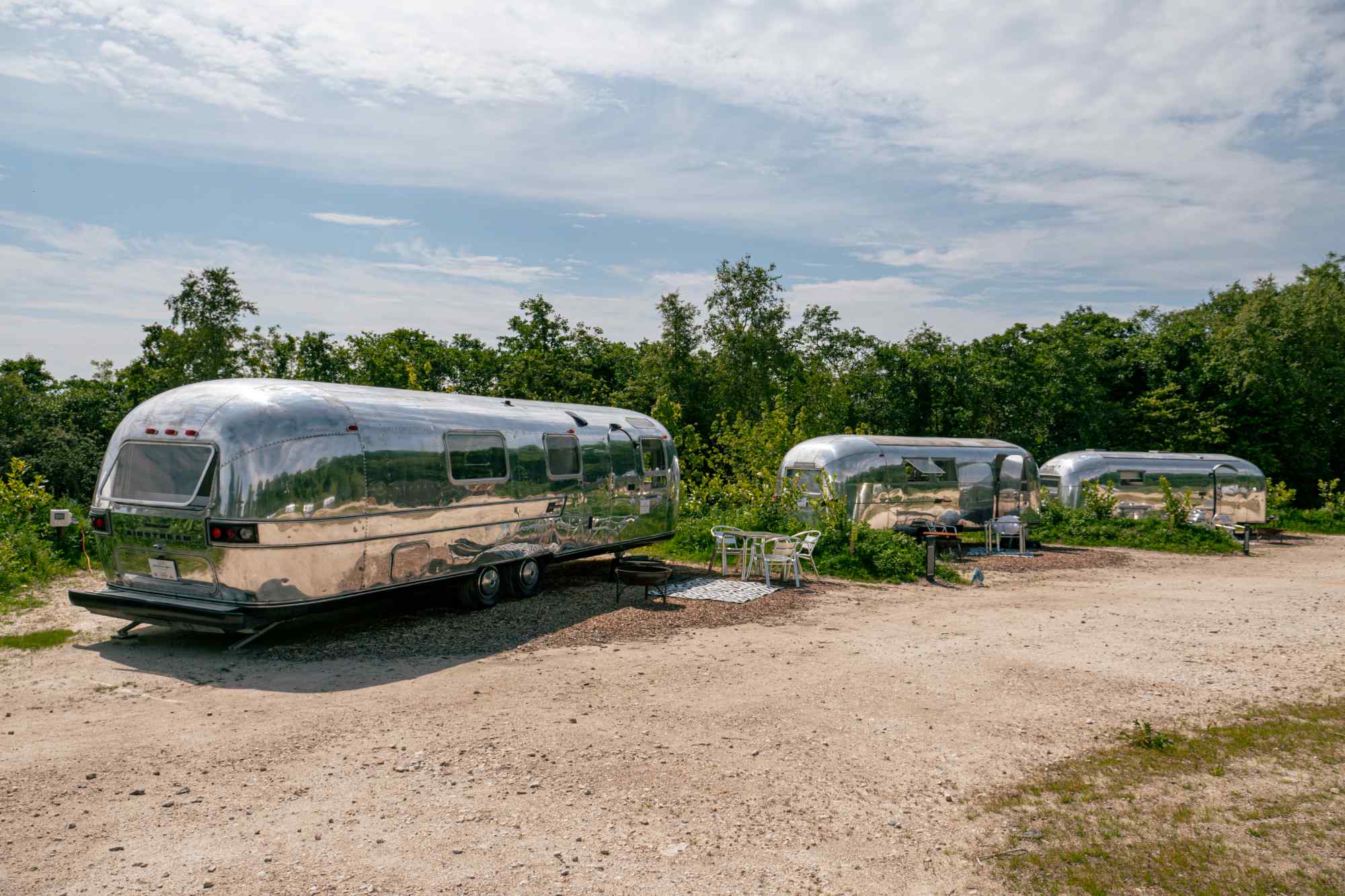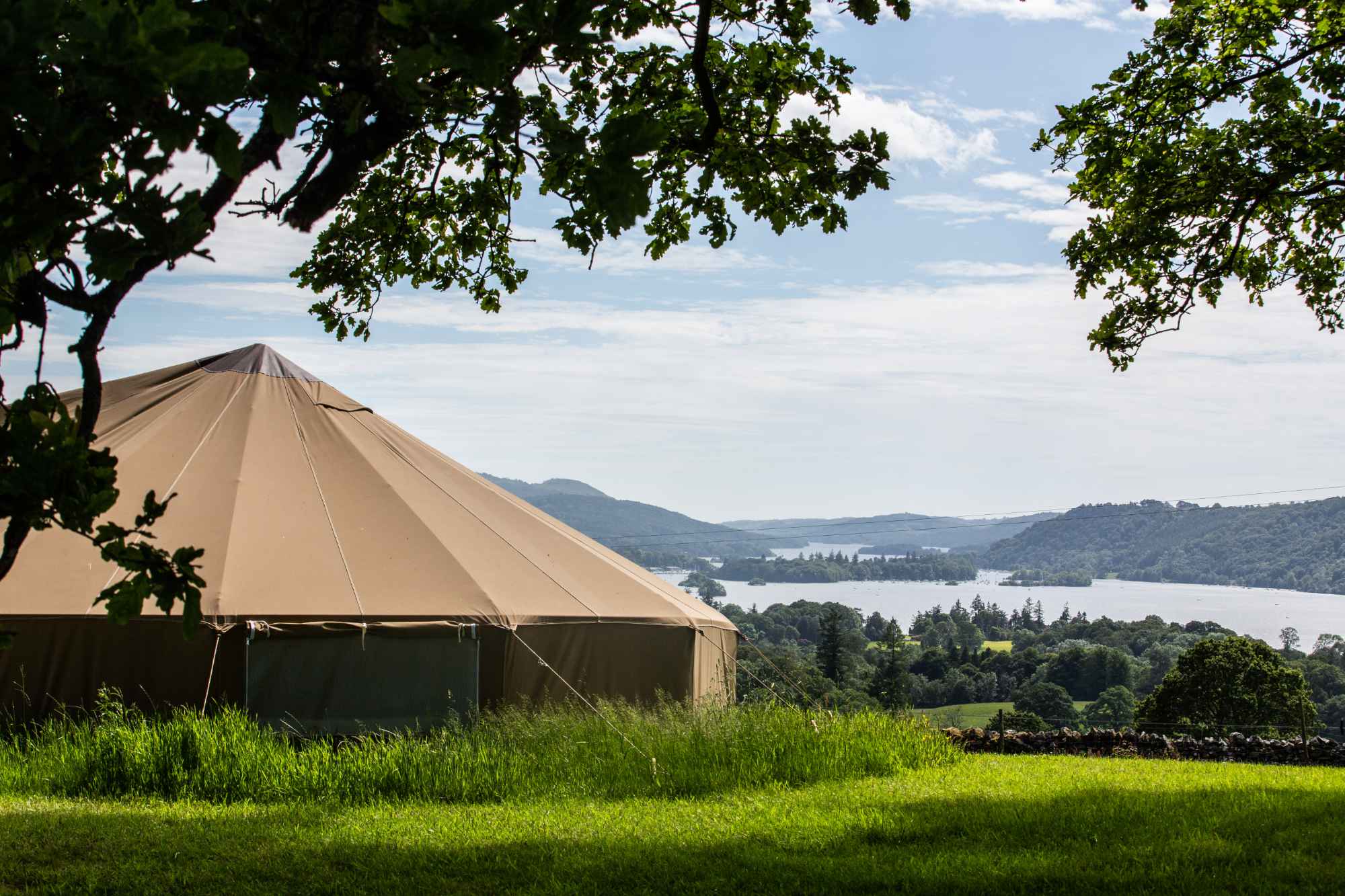Anita Kerwin-Nye, YHA’s executive director of strategy & engagement, introduces our new research project, Outside Voices, and reflects on our top strategic priority – to get more people involved in YHA.
We, and our outdoor sector colleagues, need to share a wider range of voices in our work. That’s the central message behind Outside Voices, a new YHA research project part-funded by The National Lottery Emerging Futures Fund. It challenges assumptions and stereotypes around access to the outdoors and delves into the impact of the pandemic. It asks why exclusion persists and provides a creative outlet for voices so often unheard.
It’s clear that racism, ableism and class bias have an impact on the way people benefit from the outdoors, and our research has shown that we need to look beyond statistics. The inequity in access to green and blue spaces is well documented, and we have to put different voices at the centre of the debate.
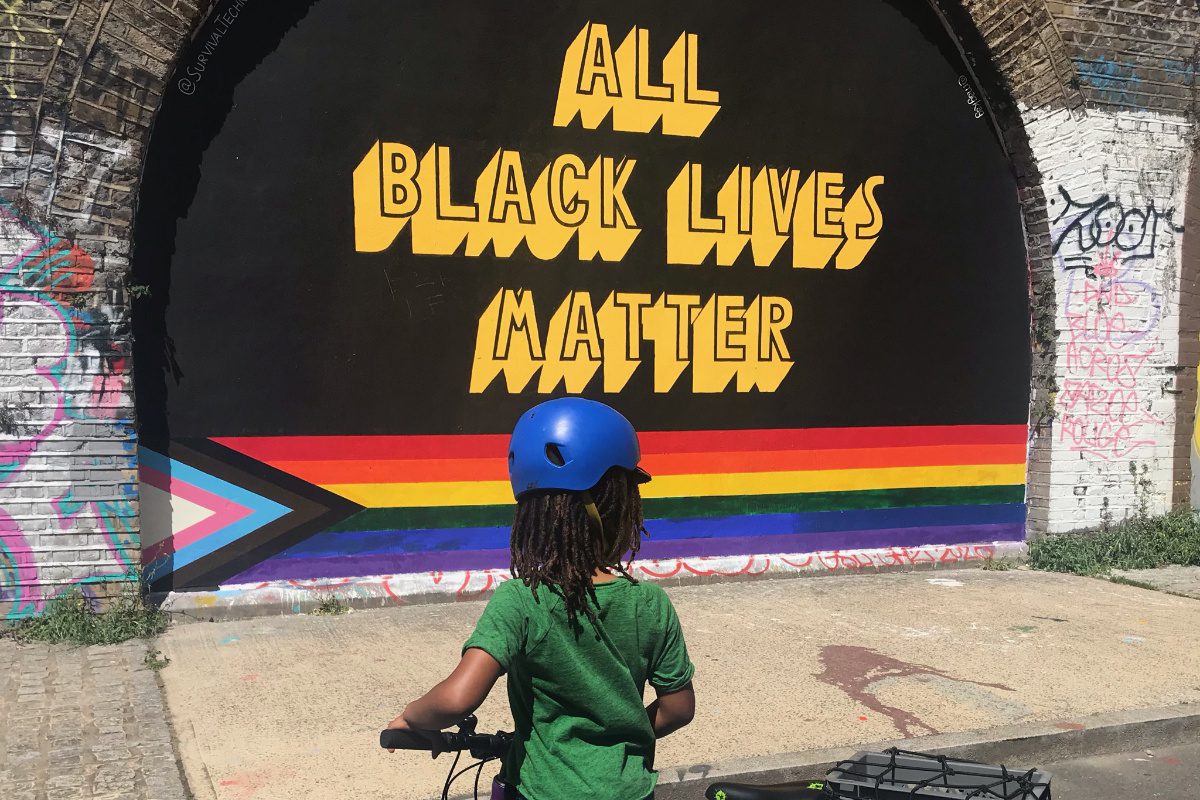

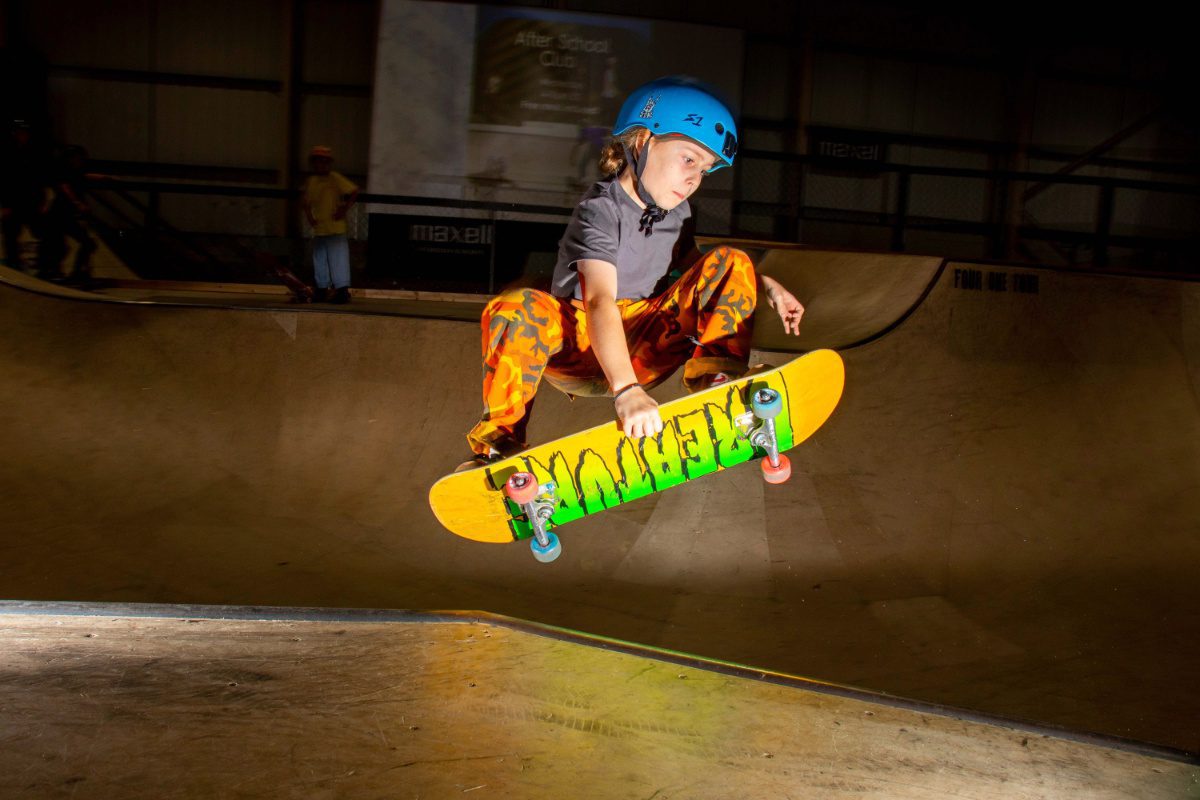
What we do in the outdoors and how we use it, matters. We need to challenge the stereotypes that all people from cities litter the countryside; that young people make too much noise; that the only way to enjoy a hill is to march up it in expensive kit. Too many people do not feel welcome in outdoor spaces.
YHA has always been the quiet (and sometimes not so quiet) radical. Our roots lie in providing access for more people and different people — but we haven’t always got that right. Over the years our images, our stories and our practices haven’t fully represented the communities we serve. We are a charity that holds our resources in trust for all of the public, so ensuring that all means all has to be our core priority.
Too often larger organisations fail to share smaller voices, or to learn from the work of community groups. We want Outside Voices to be a catalyst for action across the outdoor sector, to ensure that the future works for everyone — not just the most visible. The overwhelming response from members and users has been in support of increasing the diversity of our reach.
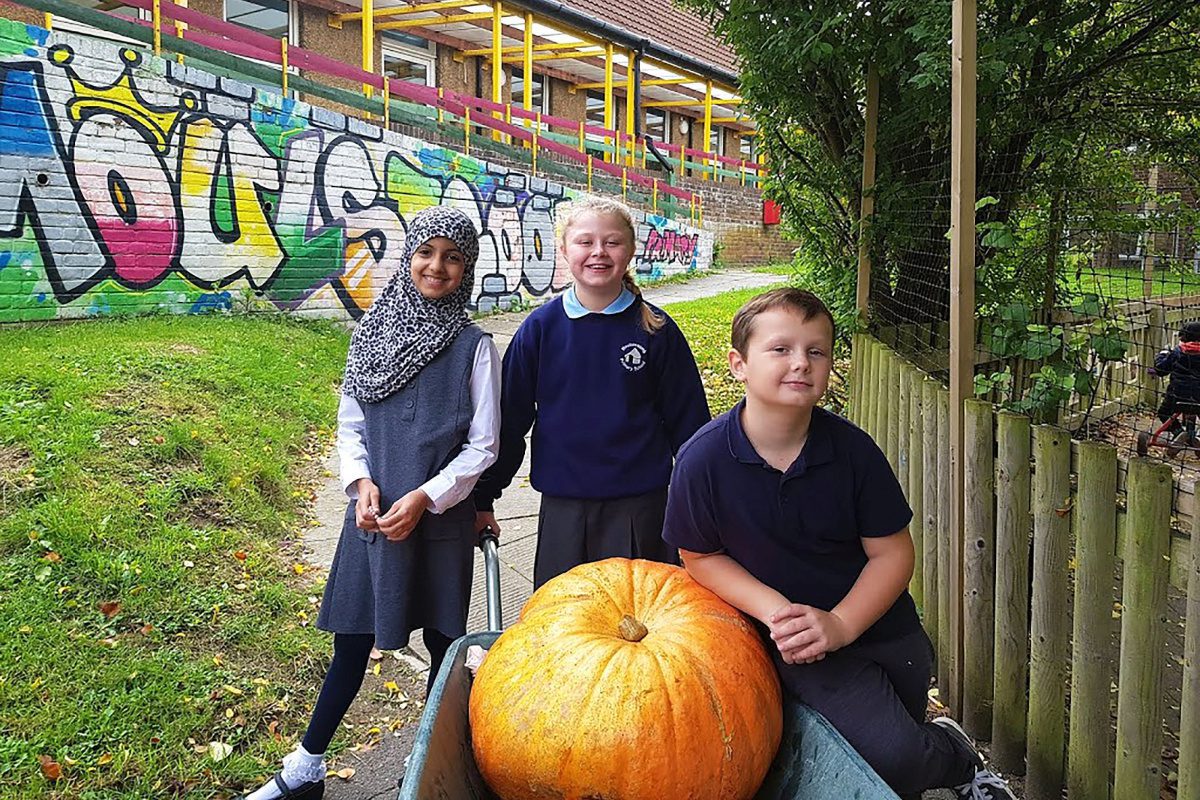
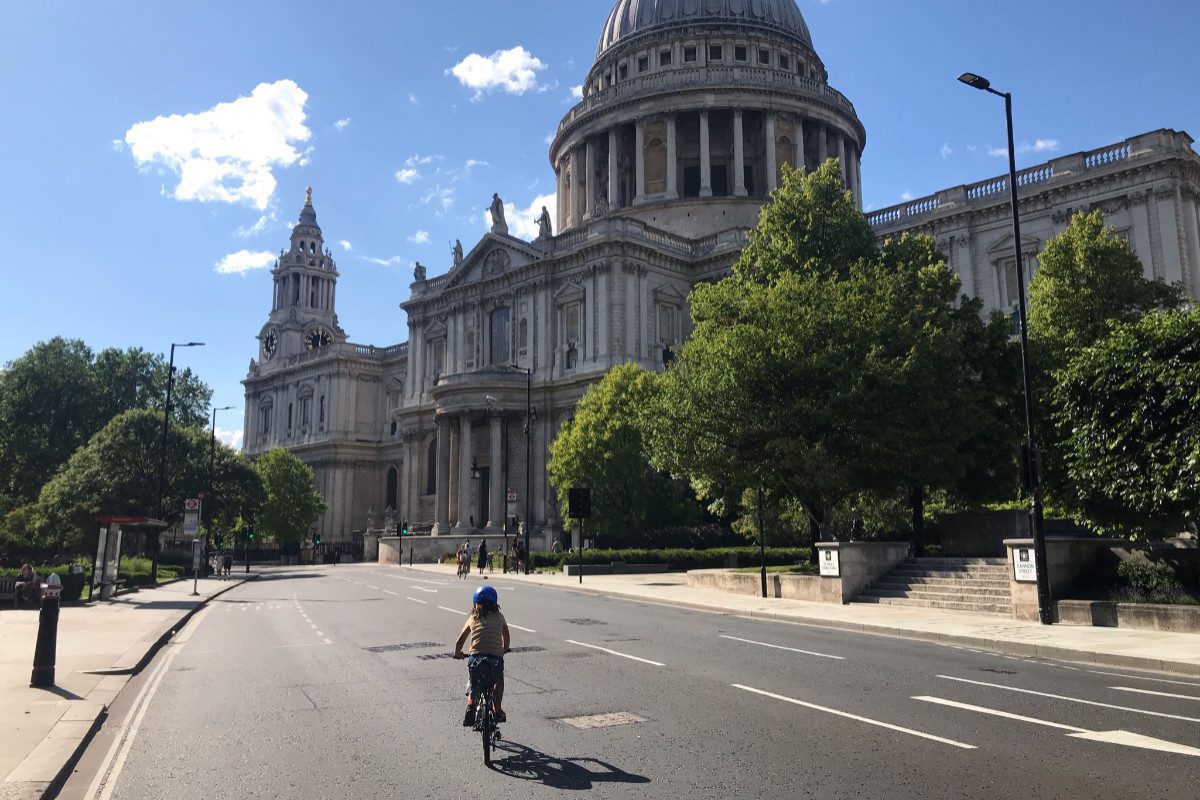
Long-term change, however, is not achieved by one single gesture. Instead it’s a continued series of small acts by everyone. In meetings across 11 National Parks over the summer I talked to colleagues about our shared challenges of ensuring a diversity of access. How do we capture the increased interest in these spaces and make sure people return regularly? We will be working on projects to get more people into their nearest National Park — with a particular focus on communities with the least resources.
There will always be a question of whether too many people in these green spaces is a risk to the environment, and indeed this is why we do work on promoting the Countryside Code and helping new people develop environmental skills through education, volunteering and partnerships like Access Unlimited. But we need to stop lazy assumptions that city-dwellers, young people, or those that have never climbed a mountain are the issue.
And we are not alone. I’m delighted that we’re working with colleagues in Scotland and Northern Ireland to promote the hostelling cause through Hostelling Together. Affordable accommodation with shared social space is so key to diversity and inclusion, and hostelling is central to social tourism. These connections and access are a core part of the levelling-up agenda.

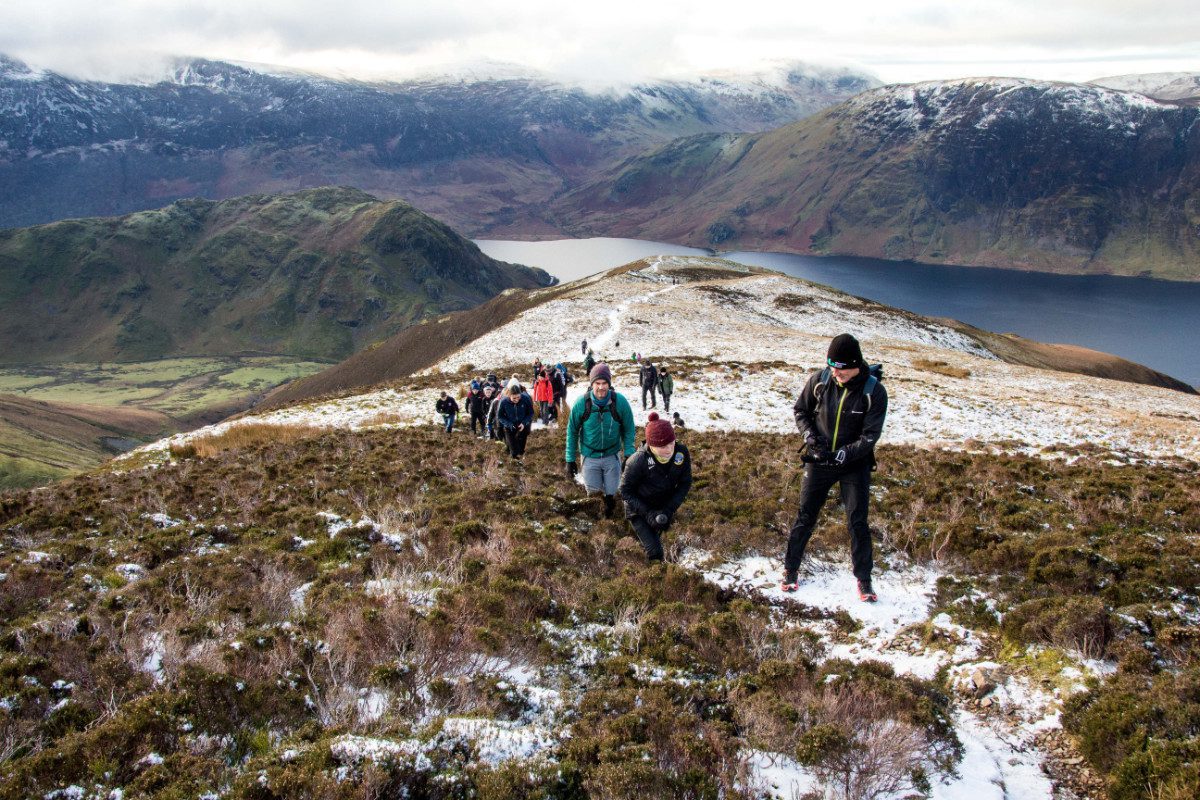

Our 10-year strategy is about connecting people and places, improving physical health and mental wellbeing, and helping people develop skills, but to do this we have to promote social inclusion. We were riding high at the beginning of 2020, but our planned anniversary celebrations came to an abrupt halt when the pandemic hit. Lockdown forced the complete closure of our network.
Despite the economic threat, we recognised we had a role to play both during the pandemic and in helping to rebuild society. We used our assets to support the national effort, providing respite and refuge to those who most needed it, and this has laid the foundations for a future we can look to with hope and ambition.
I made visits to 17 different hostels this summer, and even with physical distancing restrictions, I saw first-hand the value of human connections as guests shared tips, experiences and just chatted. After a year of the virtual, it was a reminder of the importance of the real. Many of the people I talked to also spoke about how affordable we are, and this is hugely important. We need a range of price points that balance our income and our impact.
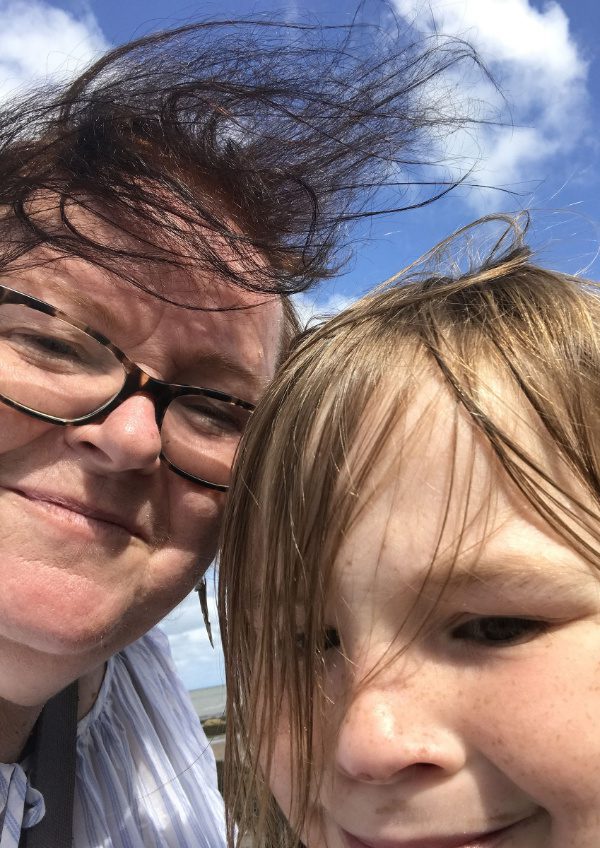
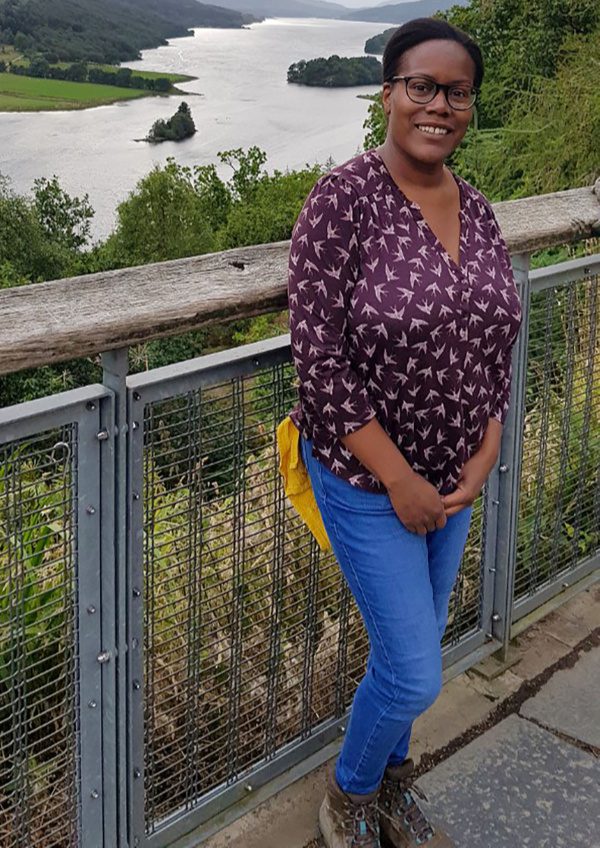
I saw many old friends of YHA but also many people new to the charity. They may have joined us in adversity, but many were saying how they now see YHA short breaks as part of their holiday pattern and this is an exciting development. Because this broadly ends where we started – about access and increasing reach. Because YHA is for all — even those who don’t know yet that we are for them.
An outdoorsy person wears certain clothes. They wear outdoorsy clothes. And they wear outdoorsy shoes. I think a person who’s outdoorsy likes to… they’re fit. So, they like to be fit. They enjoy fresh air. And they must like animals and bugs and all that stuff. Because there is no way of not eating a bug when you’re running through a park. I would assume that their mental health would be a little bit better.
For fresh perspectives on belonging and outdoor space, explore the Outside Voices project.
Read next: Check out our interview with Belinda Kirk, explorer and campaigner.
